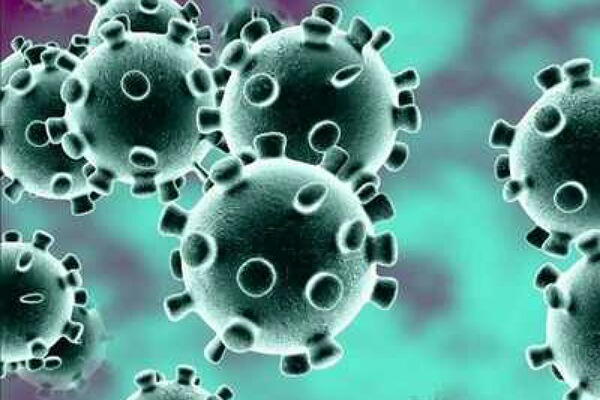King’s College of London study reveals six different types of coronavirus symptoms cluster with varying disease severity!
- Coronavirus havoc is a new one.
- Therefore, doctors are taking some time to understand it and its human afflictions.
- Now researchers from King’s College of London have found out that there are six different types of COVID-19 symptom clusters.
They cause infections of varying severity. Their outcomes are also different. This study would aid in better understanding of the disease should a second wave arrive. The treatment could be instituted accordingly and this would help save lives.
King’s College of London study
Scientists of King’s College of London have been doing a thorough study of the new coronavirus and the symptoms it causes. They have reached a conclusion that the viral symptoms are of six different types.
Each type gives rise to different symptom cluster and causes an infection of varied severity. Therefore the disease outcomes are also different.
The need of a ventilatory support depends on the type of symptoms group the person belongs to.

Therefore, one can predict and be better prepared in the case if one knows the type of group the patient is in. This would prove useful in case a second wave unfortunately comes along. The new knowledge would help save many lives.
Symptoms clusters and coronavirus
Studies have shown that a continuous cough, fever, and loss of smell are the common symptoms of coronavirus infection.
Besides these, a person can have breathing difficulties, headaches, muscle pains, fatigue, diarrhoea, confusion, loss of appetite, and more. There are six clusters of these symptoms. These determine the severity and progress of the disease.
They are:
1. Flu-like without fever-there is headache, loss of smell, muscle pains, cough, sore throat, and chest pain, but without high temperature.
2. Flu-like with fever – there is headache, loss of smell, cough, sore throat, hoarseness, loss of appetite with fever.
3. Gastrointestinal – there is headache, loss of smell, loss of appetite, diarrhoea, sore throat, chest pain, but no cough.

4. Severe level one, fatigue – These symptoms include headache, loss of smell, cough, fever, hoarseness, chest pain, with fatigue.
5. Severe level two, confusion – In this, there is Headache, loss of smell, loss of appetite, cough, fever, hoarseness, sore throat, chest pain, fatigue, muscle pain and the patient confusion.
6. Severe level three, respiratory and abdominal – predominant symptoms are headache, loss of smell, loss of appetite, cough, fever, hoarseness, sore throat, chest pain, fatigue, confusion, muscle pain, shortness of breath, with diarrhoea, and abdominal pain.
What does this classification mean?
Researchers state that these symptom clusters are in increasing order of severity. Death is common in the last group. The classification prognosticates the outcome and speed of disease progress.
They claim that the presence of confusion, abdominal pain, and shortness of breath implies severe disease. The need for ventilatory support was 1.4% in Cluster 1 patients, 4.4% in Cluster 2, and 3.3% in Cluster 3.
But clusters 4, 5, and 6 required respiratory intervention in 8.6%, 9.9% and 19.8% of cases.

Only 16% in cluster 1 needed hospitalization. But in cluster 6, more than half were admitted. In clusters 4, 5, and 6, patients were more likely to be older, frailer, with pre-morbid conditions such as excess weight, diabetes, or lung disease compared to the first three clusters.
Also, read Silent lung damage seen in all patients of COVID-19 with no symptoms of the disease!!!
One of the researchers Dr Claire Steves opined:
“These findings have important implications for care and monitoring of people who are most vulnerable to severe COVID-19.
“If you can predict who these people are at day five, you have time to give them support and early interventions such as monitoring blood oxygen and sugar levels, and ensuring they are properly hydrated – simple care that could be given at home, preventing hospitalisations and saving lives.”

